10 Dangerous Self-Care Mistakes We Make When Trusting Beauty Bloggers

Back when it was built, the Titanic was one of the largest and most luxurious passenger ships, with high-class features like a grand staircase, a swimming pool, and a gymnasium. People thought it to be unsinkable because of its advanced safety devices.
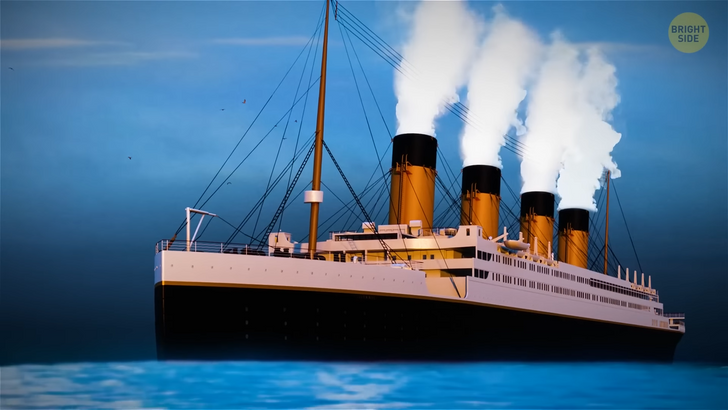
Its tragic sinking on its maiden voyage in 1912 proved it wasn’t at all the case. It wasn’t until 1985 that the Titanic’s wreck was finally re-discovered, using state-of-the-art sonar technology. Ever since thousands of items have been recovered from the Titanic, many of them being put on display or sold for auction. Things like jewelry, a life jacket, a menu from the ship’s restaurant, or even a sample square of carpet from the First-Class stateroom have all baffled the public and told stories of the many onboard people.
Scientists have even tried to come up with strategies to get the Titanic back up. Not because they want to put it up for display. But so it can be properly studied. And more importantly to stop it from getting more and more damaged at the bottom of the ocean: Some have suggested filling the wreck with ping-pong balls to make it float, while others even considered injecting it with 198,000 tons of Vaseline.
Another creative solution was proposed: The idea of using a giant claw or scoop to lift the Titanic. Nobody came up with this device. Using half a million tons of liquid nitrogen to trap it in an iceberg that would float to the surface was also considered, but all these potential strategies had to be eventually let go since the Titanic is way too fragile to be ever recovered.
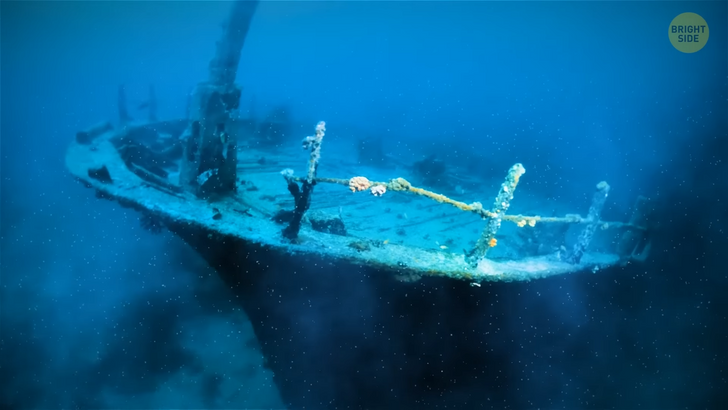
As the Titanic’s iconic bow railings are in danger of collapsing, metal-eating bacteria continue to chew away at the ocean liner’s wreckage. An undersea exploration company plans to gather data about the ship’s deterioration in annual expeditions. They hope this will help them learn more about the Titanic. And also, more about the ecosystem that shipwrecks create.
The over-100-year-old ocean liner is also being damaged by deep-sea currents daily. Some experts predict that the ship could disappear in a few decades due to holes in its hull. The deck that passengers crowded on as the ship sank has caved in. The gymnasium near the grand staircase has also fallen in, and a 2019 expedition found that the captain’s bathtub, which became visible after the outer wall of the captain’s cabin fell away, is no longer there.
Those annual expeditions also gather data about the creatures living at the site, including crabs and corals. Surprisingly, many species have only been seen there at the Titanic wreck, so scientists are curious to find out more about them. The most famous out of all these creatures is the Halomonas titanicae. It’s a bacterium, and it was discovered on the wreckage of the Titanic.
What’s interesting about this creature is that it’s able to thrive in extremely salty environments. It’s also been resistant to several antibiotics, unlike other types of bacteria. It’s probably because of this super-bacteria that the deterioration of the ship’s iron hull happened so fast.
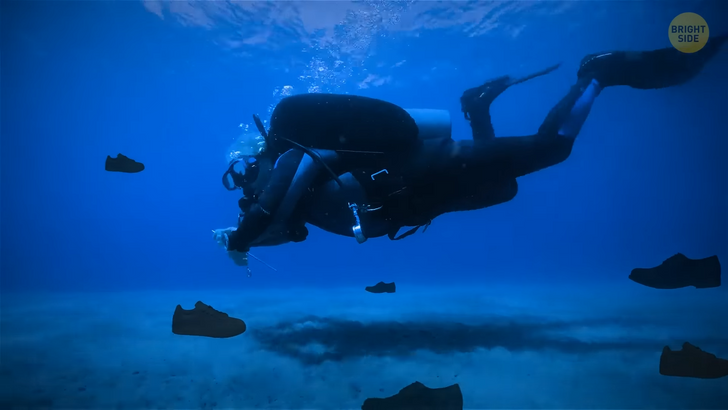
The expedition will also look at the debris field and its artifacts. On the site, there are still traces of little personal items like clothes and luggage. One of the most interesting stories about Titanic artifacts is that of the passengers’ shoes.
Most of the Titanic items that have been lost at sea deteriorated or disappeared completely. But not the shoes. They seem to be able to resist the harsh conditions.
On top of that, the leather in most shoes is perfectly preserved. Probably because of tannin — a substance used in the tanning process of leather.
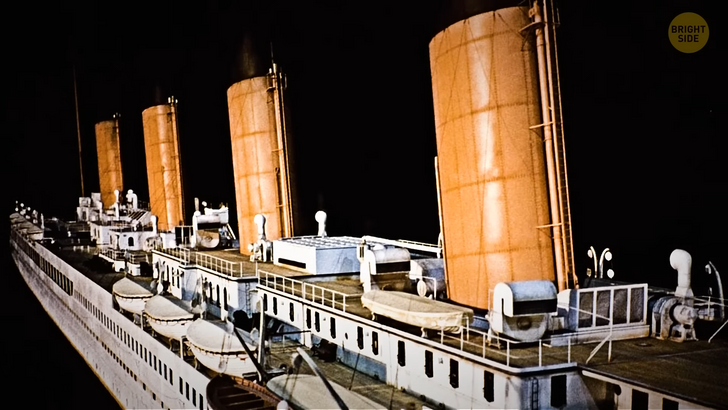
This ship remains an amazing piece of history, because of its many unusual features. Like the fact that the Titanic’s whistle was loud enough to be heard over 11 miles away.
Or the fact that the ship’s hull was painted with a special mixture of red lead and linseed oil, which was believed to be effective in preventing the growth of seaweed and other marine organisms. However, despite popular belief, the ship’s iconic fourth smokestack was not functional and was only used for ventilation and aesthetics.
Probably one of its biggest flaws was its number of lifeboats. Despite its size and luxury, the Titanic only had 20 lifeboats on board, which were not enough to save all of its passengers and crew, once it hit the iceberg.
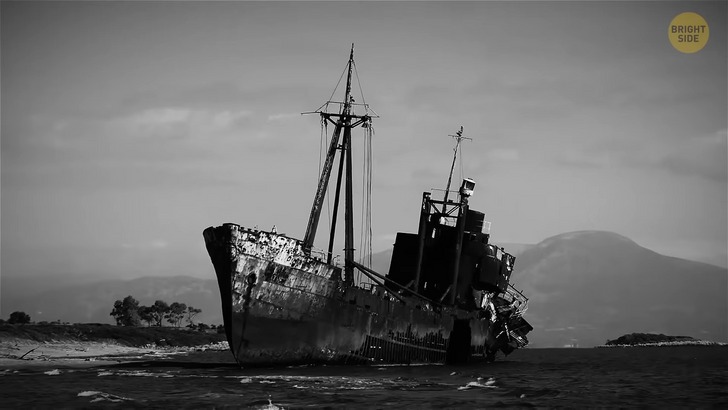
The Titanic may be the most famous shipwreck, but it’s not the only one. The fleet of Kublai Khan tells a similar story. This one was a large naval force commissioned by the Mongol ruler, Kublai Khan, in the 13th century. The fleet was intended to travel to Japan and establish the Mongols as powerful rulers in the region.
However, in 1281, the fleet was supposedly caught in bad weather and was seriously damaged, with many ships being destroyed. Legend has it that the fleet was torn down by a massive typhoon that came to be known as the “Kamikaze,” or “Divine Wind” This strong storm was believed to have been sent by the higher spirits to protect Japan from the Mongols.
The truth about its disappearance remains a mystery to this day. However, the wreckage of the fleet — or parts of it — appears to have been discovered in the 1980s by Asian archaeologists. They dug across the site and studied the remains of the ships, at a location near Imari Bay. The shipwreck is to this day considered to be an important archaeological discovery. That’s because it informed us how well-prepared the Mongols were back in the day in terms of their ships.
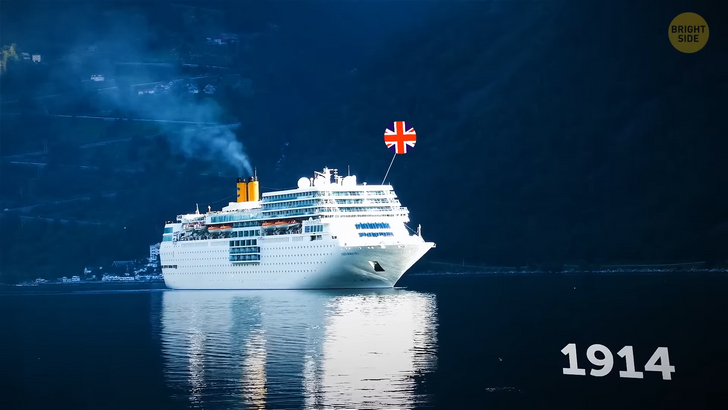
Another tragic story is that of The RMS Empress of Ireland. This was a British passenger ship that operated until May 1914. This is when the ship was sailing from Quebec City to Liverpool, but it ran into the Norwegian collier SS Storstad in the fog off the coast of Rimouski, Quebec.
The collision caused a large hole in the side of the Empress of Ireland, and the ship began to quickly take on water and sink. The crew and passengers were caught off guard and many were unable to evacuate in time. In total, 1,012 people were lost in the disaster, making it one of the worst maritime collisions in Canadian history.
Rescue efforts were hampered by poor visibility and the fact that many of the lifeboats were damaged or unusable. Only 465 people survived the sinking, and many of them were rescued by the Storstad, which had remained in the area despite its damage. The sinking of the Empress of Ireland was a national tragedy in Canada, and it led to changes in maritime safety regulations and the establishment of a coast guard. The ship still lies at the bottom of the St. Lawrence River, where it has become a popular dive site for enthusiasts.











